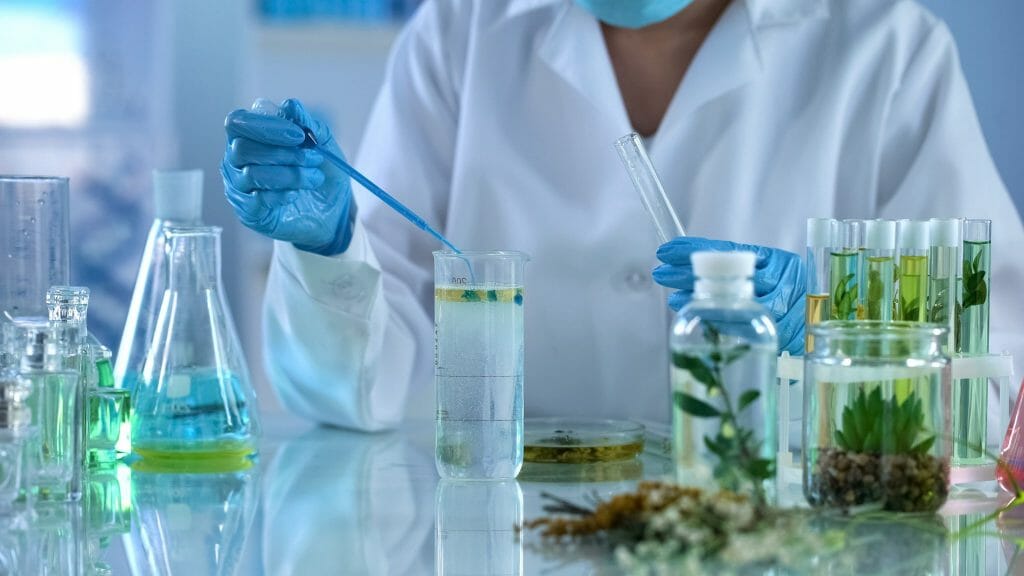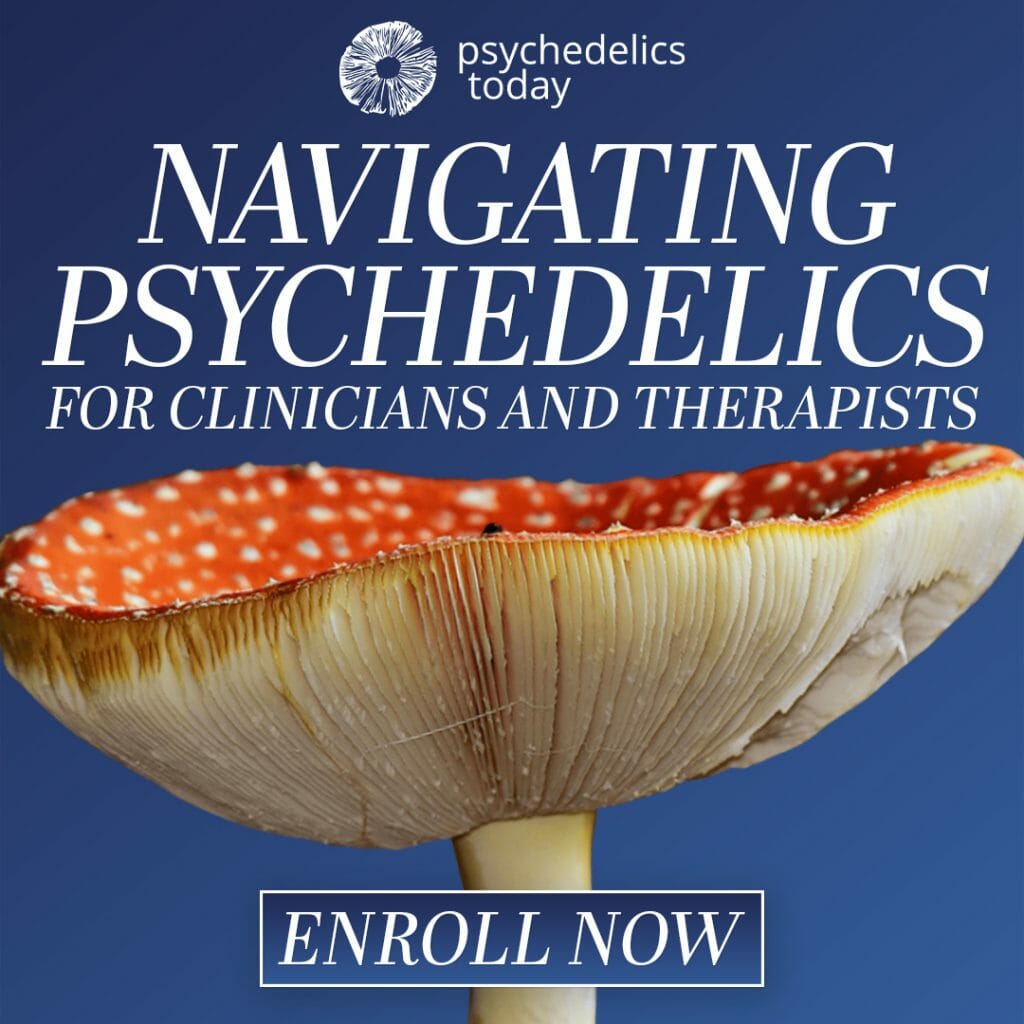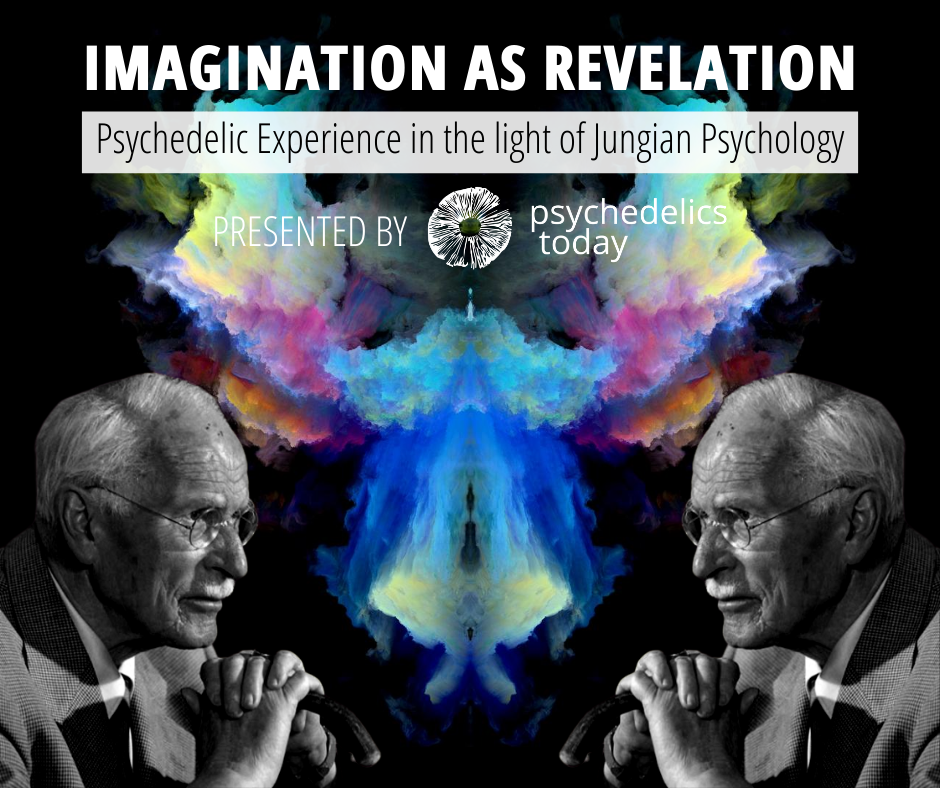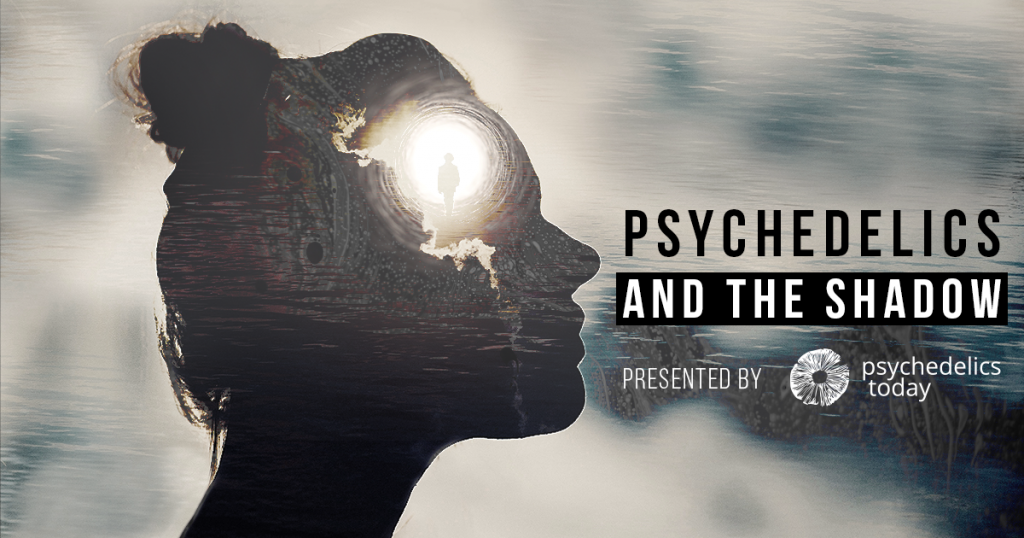By Jeff Kronenfeld
Could 18-MC, a synthetic derivative of Ibogaine, make treatment safer without the psychedelic trip?
With COVID-19 still spreading, mutating, and killing, it’s easy to forget the other health crises ravaging the country. One of the most concerning of these is drug overdose deaths, with opioids representing a large share of such casualties. From 1999 through 2018, nearly 450,000 people fatally overdosed on opioids in the US. While slight decreases in 2018 buoyed hopes that we were past the peak, even then, overdose deaths were four times greater than in 1999. In 2019, such optimism was dashed as the number of opioid overdose deaths climbed to 50,042, an increase of nearly 7 percent over the previous year. But, are there viable treatment options that are overlooked by the medical community and general public?
In the psychedelic community, many would argue yes, and highlight the potential of ibogaine, a psychedelic compound found in the West African shrub, Tabernanthe iboga. But ibogaine comes with more possible health risks than other psychedelic plants and substances that we’ll explore below, and of course, there remains a lingering bias in some parts of the medical establishment against psychedelics. And so, a non-psychoactive alternative, 18-Methoxycoronaridine (18-MC) was developed in the 1990s and is now advancing through the FDA’s drug development process at a steady clip, while research into ibogaine remains virtually frozen. However, the question remains: are the concerns about ibogaine’s risks valid enough to explain the differing fates of these chemical cousins, or are other factors at play?
What is Ibogaine?
Ibogaine is a plant-derived alkaloid with unique psychoactive properties distinct from those of classic psychedelics, such as LSD, psilocybin-producing mushrooms, or DMT. One of its effects is panoramic recall, often described by patients as watching a movie of their life playing in their head. Sometimes called a dissociative psychedelic, Geoff Noller, a medical anthropologist with a doctorate from the University of Otago’s Department of Psychological Medicine, prefers the term “oneiric” (pronounced ō-ˈnī-rik), which is defined as, “dream-inducing.”
This description of the ibogaine experience was seconded by Dr. Bruno Rasmussen, a physician and researcher based in Brazil who provides ibogaine therapy. “Ibogaine doesn’t make you hallucinate; Ibogaine makes you dream, but you are awake when you are dreaming,” Rasmussen said. “If you do an EKG during the effect of ibogaine, the lines will be like they are in a REM state, the rapid eye movements state, the dream state.”
How Does Ibogaine Work?
The unique, psychedelic qualities of ibogaine are not the only way it differs from more familiar hallucinogens. Psilocybin, LSD, and DMT all act in a more focused manner on the brain’s serotonin receptors. And while ibogaine does act on serotonin levels in the brain, it also acts on numerous other neural systems. Noller compares its relatively blunt mode of action to cannabis, which also acts on many different receptor sites, and contrasts it with more targeted designer medicines like Prozac.
While the exact neural systems ibogaine engages are not fully understood yet, studies show it can reduce opioid withdrawal symptoms and help control cravings. This offers a window of opportunity for patients to make changes in their life that would otherwise be more difficult due to the pain, anhedonia, and other symptoms of withdrawal. Once they have weathered this storm, the reduction in cravings increases their likelihood of not relapsing.
Furthermore, studies have shown that ibogaine reduces the amount of drugs, like cocaine, alcohol, and nicotine, that animals self-administer, despite the fact that each of these drugs has their own distinct way of influencing neural chemistry. This ultimately suggests that ibogaine acts on multiple regions of the brain. Studying this broad function could lead to new insights into the physiological underpinnings of addiction, which makes the relative dearth of research on ibogaine all the more curious — until you consider its potential hazards.
Ibogaine Risks
The benefits of ibogaine must be weighed against its potential dangers. An article in the Journal of Forensic Science examined 19 deaths that occurred following ibogaine treatments given between 1990 and 2008. Post-mortem testing revealed that at least 11 of these patients had other drugs in their systems, such as benzodiazepines, cocaine, opiates, and methadone, all of which are known to be dangerous when mixed with ibogaine.
Prior to treatment, however, a dozen of the patients who died also had one or more comorbidities known to pose risks when using ibogaine, such as obesity, brain neoplasm, and a range of diseases affecting the liver, heart, and other organs.
Although ibogaine research in the US stalled in the late ‘90s, it continued abroad. Thomas Kingsley Brown, a California-based anthropologist, worked with the Multidisciplinary Association for Psychedelic Studies (MAPS) for a 2017 study in Mexico, where ibogaine treatment is not specifically outlawed. Thirty people with opioid dependence received ibogaine treatment and were evaluated over the following year. After one month, half of the research subjects stated they had not used opioids since their ibogaine session. Further follow-ups showed sustained anti-addictive effects.
“To address the first question of whether or not ibogaine can be used safely and effectively, my short answer is yes,” Brown said. “There are going to be risks with that, but you can also minimize the risk.”
In addition to screening patients for potentially dangerous comorbidities and identifying contraindications, such as the presence of drugs that could cause harmful interactions, Brown explained that genetic tests can determine how quickly people’s bodies break down ibogaine into noribogaine. This helps those administering the treatment determine whether it’s safe for a patient to move forward with ibogaine and how to calculate an optimal dosage.
Noller also worked with MAPS on an ibogaine study, though this one was based in New Zealand, where Medsafe (the country’s equivalent of the FDA) made such treatment legally available as a non-approved medication in 2010. According to Noller, this classification gives doctors the ability to write a prescription for a drug or treatment even if it hasn’t gone through a three-phase trial testing period.
He points out that ibogaine’s mortality rate is comparable to methadone. A 2008 paper in the Journal of Ethnopharmacology reported 11 ibogaine-related deaths from 1990 to 2006 out of the 3,414 people estimated to have taken it — a mortality rate of 0.32 percent. A 2007 paper in the Drug and Alcohol Review found 283 methadone-related deaths in Australia between the years of 2000-2003 out of an estimated 102,615 episodes of treatment, which yields a mortality of 0.27 percent.
But Rasmussen believes it can still be safer, attributing the majority of ibogaine-related deaths to preventable failures on the part of caregivers, such as not having qualified doctors present, forgoing the use of cardiac monitors, and passing on testing patients for drugs that could cause harmful interactions. His strongest piece of evidence for the ability to safely use ibogaine is that none of his roughly 2,000 patients have died due to or during treatment. In fact, he hasn’t even had a subject develop complications, like severe heart arrhythmia. In Brazil, doctors can legally prescribe ibogaine therapy in hospital settings, a model Rasmussen champions.
“I think that the trick here is to face it as a little surgery,” Rasmussen explained. “We make some pre-surgical examinations, lab tests, blood tests, and EKGs. We do it in a big hospital with the emergency team aware that there is an ibogaine patient in the hospital. For anything we could need, we are backed up, but we never needed the emergency team because we do the lab tests, so we can usually prevent the complications.”
18-MC: The Non-Psychedelic Alternative to Ibogaine
Concerns about ibogaine’s psychoactive effects and potential risks led to the development of 18-MC in the 1990s. Dr. Kenneth Alper, a professor of psychiatry and neurology at New York University School of Medicine, explained that 18-MC is a structural analog of ibogaine, meaning they share a common molecular base, in this case the ibogamine ring system. At the microscopic level, even small variations can lead to big changes.
The general consensus seems to be that 18-MC is not psychoactive or oneiric, though Alper speculated that it could potentially be hallucinogenic at higher doses. 18-MC also does not seem to carry the same cardiovascular risks. MindMed, a new Canadian pharmaceutical company focused on psychedelic and psychedelic-inspired medicines, obtained the patent for 18-MC in 2019 when it acquired the biopharma startup, Savant HWP, for an undisclosed sum. MindMed recently completed Phase I testing on 18-MC. The company declined to share information about their 18-MC trials or comment for this story.
18-MC Patent and the Halting of Ibogaine Research
Karen Szumlinski, a neuropharmacologist, neuroscientist, and professor at the University of California Santa Barbara, worked on animal studies for both ibogaine and 18-MC from the mid to late ‘90s—long before Savant HWP or MindMed existed. 18-MC was first developed in 1996 by a group of scientists, one of which served as Szumlinski’s research mentor. Based on her observations, Szumlinski believes 18-MC is not psychoactive. But the bias against psychoactive compounds combined with 18-MC’s minimal cardiovascular risks are likely the reasons why ibogaine research in the US halted when it did.
Another reason ibogaine studies in the US stopped is due to profitability. Ibogaine is a natural product not eligible for a patent, according to Brown. Patenting molecules is how companies make big profits. Somewhat confusingly though, Howard Lotsof, the person credited with discovering ibogaine’s anti-addictive properties, was able to patent the use of ibogaine and related molecules in doses ranging from 1 mg/kg to 60 mg/kg given orally or rectally for treating poly-drug dependency in 1990. The patent covered addiction to one or more of the following: alcohol, heroin, methadone, cocaine, caffeine, amphetamine, desoxyephedrine, and nicotine. However, it’s the patents held by companies like MindMed that cause Rasmussen to express concerns.
“Big pharma, they like molecules that they can register as their intellectual property and make more money on,” Rasmussen said. “So, I think that’s the reason that there’s a lot of money for 18-MC and there’s no money for ibogaine research.”
Is the Ibogaine Experience a Crucial Part of the Treatment?
Ibogaine’s effectiveness for treating substance abuse disorders and addiction is established in human trials and supported by numerous first-person testimonials. We were unable to find data showing the same for 18-MC, likely because the results of clinical research don’t exist on the molecule yet. But when such information is available, it may offer additional insights into whether the consciousness-altering properties of ibogaine are essential to its effectiveness for treating various SUDs.
Alper suspects the new data will be consistent with what is shown in the existing research. “In terms of ibogaine and its effects on self-administration and withdrawal, the animal model and human experience appear to align pretty well,” Alper said. “Effects on reduced drug self-administration following treatment with ibogaine or 18-MC are not likely to be based on the processing of the content of psychoactive experience.”
In other words, Alper doesn’t think that the reduced consumption of addictive substances by lab animals is caused by psychedelic epiphanies. Rather, he believes it’s the physiologic processes induced by ibogaine. He suspects the same is true for humans, though he also accepts that the psychedelic experience could be a useful aid for patients undergoing psychotherapy.
Other researchers were less optimistic about 18-MC’s relative prospects in human trials. “I think that at least in some cases—not the majority of them maybe, but in a significant number of situations—the psychedelic experience is a key to solving the problem,” Rasmussen explained. “It’s not that I think that 18-MC will not work, but I really don’t understand how it would work as well as ibogaine does without the psychedelic experience.”
Instead of viewing the question as a zero-sum game that promotes one treatment at the expense of the other, the true win-win scenario for patients would be that both medicines become safely available. After all, the need for more effective therapies is paramount. COVID-19 and the policies put in place to contain it have only exacerbated the risks posed by SUDs. The Lancet reports that as of July 2020, drug overdose deaths in the US increased by 13 percent, with rates in some states up by over 30 percent.
If the end goal is to reduce harm and save lives over the long haul—and not pump up stock prices in the short term—then it’s up to those within the psychedelic movement to continue their decades-long struggle to end the criminalization of these potentially life-saving medicines. Otherwise, the fate of these powerful and potentially transformative substances will be decided by supporters of the failed policies of criminalization and the corporatization of psychedelics.
About the Author
Jeff Kronenfeld is an independent journalist and fiction writer based out of Phoenix, Arizona. His articles have been published in Vice, Overture Global Magazine, and other outlets. His fiction has been published by the Kurt Vonnegut Memorial Library, Four Chambers Press, and other presses.
For more info, go to www.jeff-k.com.



